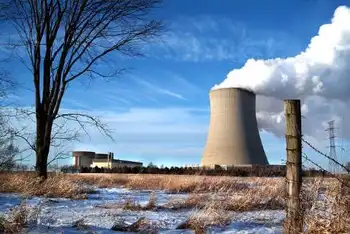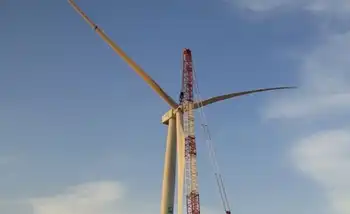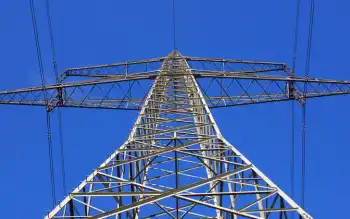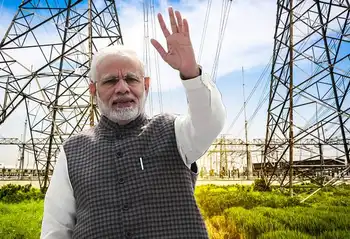Plant planned for Wise hits snag
By McClatchy Tribune News
High Voltage Maintenance Training Online
Our customized live online or in‑person group training can be delivered to your staff at your location.

- Live Online
- 12 hours Instructor-led
- Group Training Available
Dominion Virginia Power wants the permit to build a $1.8 billion plant in Wise County. The state Department of Environmental Quality, which provides staff to the air board, typically issues such permits under authority delegated by the board. But the board, meeting in Alexandria, decided to take charge in this case because numerous people have raised concerns about the DEQ's proposed limits for sulfur dioxide, mercury and other pollutants, said board member Vivian E. Thomson of Charlottesville.
"We are concerned that the limits are not stringent enough," Thomson said. The board's action does not necessarily mean it will impose more stringent limits than those proposed by the DEQ, Thomson said.
"Now we will take up the matter of what the limits should be."
Dominion Virginia Power said in a statement that it was disappointed in the board's action. Any delay in granting the permit could cause "a very significant increase in costs to Dominion and its customers as some construction contracts likely would have to be renegotiated."
The proposed plant "will meet or exceed all environmental laws and regulation," the company said.
The air board also is overseeing the development of a permit that would govern emissions from the Mirant Corp. power plant in Alexandria. Meanwhile, an environmental group claims a state law that encourages construction of the plant is unconstitutional because it requires the plant to use coal mined in the commonwealth.
Dictating where the coal is purchased violates the state constitution's commerce clause and keeps Dominion Virginia Power from buying the least-polluting coal, said Cale Jaffe, an attorney for the Southern Environmental Law Center. "It's a severe stumbling block," Jaffe said. "Dominion should be encouraged to go out on the public market to get the lowest-polluting coal it can find."
Jaffe filed a petition with the State Corporation Commission raising the issue on behalf of several groups opposed to the plant. He said the law approved by the General Assembly in 2007 also gives Dominion Virginia Power an 18-month jump on competitors because it gives utilities that build plants and burn Virginia coal the opportunity to apply for a rate increase before Virginia' utility price cap expires next year.
"The statute gave Dominion a constitutionally impermissible head start, and they've been scurrying to fast-track this coal plant ever since," Jaffe said. Dan Genest, a spokesman for Dominion Virginia Power, said: "The Virginia General Assembly and the State Corporation Commission have both agreed that the Virginia City Hybrid Energy Center would be in the public interest.
"Governor (Timothy M.) Kaine included the power station in his Virginia Energy Plan. In addition, the SCC staff and the Virginia attorney general's office's Division of Consumer Council have recommended the commission approve the project," Genest said.
The SCC also must approve a permit before Dominion Virginia Power can build the power plant in St. Paul. The SCC could act on the permit in a few weeks.











